Optimise the power supply of your ASi network and gain from increased Security, robustness and operation
The ASI network is one of the most consolidated protocols in the automation market, especially for applications with valve monitoring and control, providing an excellent current solution for integrating this equipment into Industry 4.0..
Sense has been developing products for the ASi network for decades and is always up to date with technological innovations on the market, supplying products with high reliability that guarantee plant safety and productivity.
To this end, we have provided some tips on specific points of the protocol that increase the protection of the entire ASi industrial network.
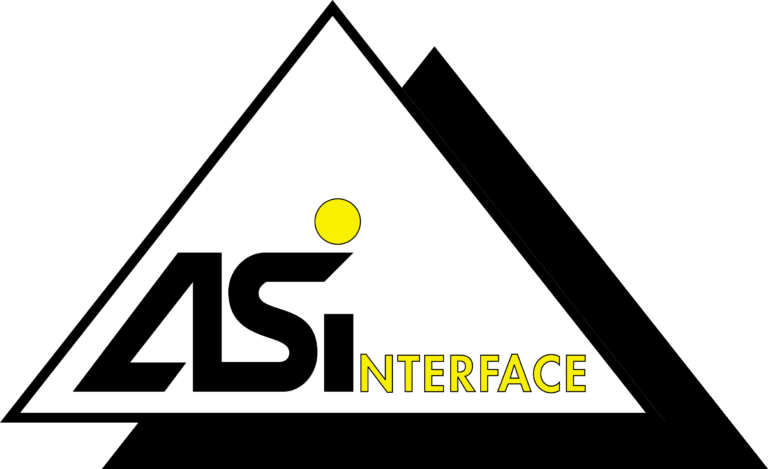
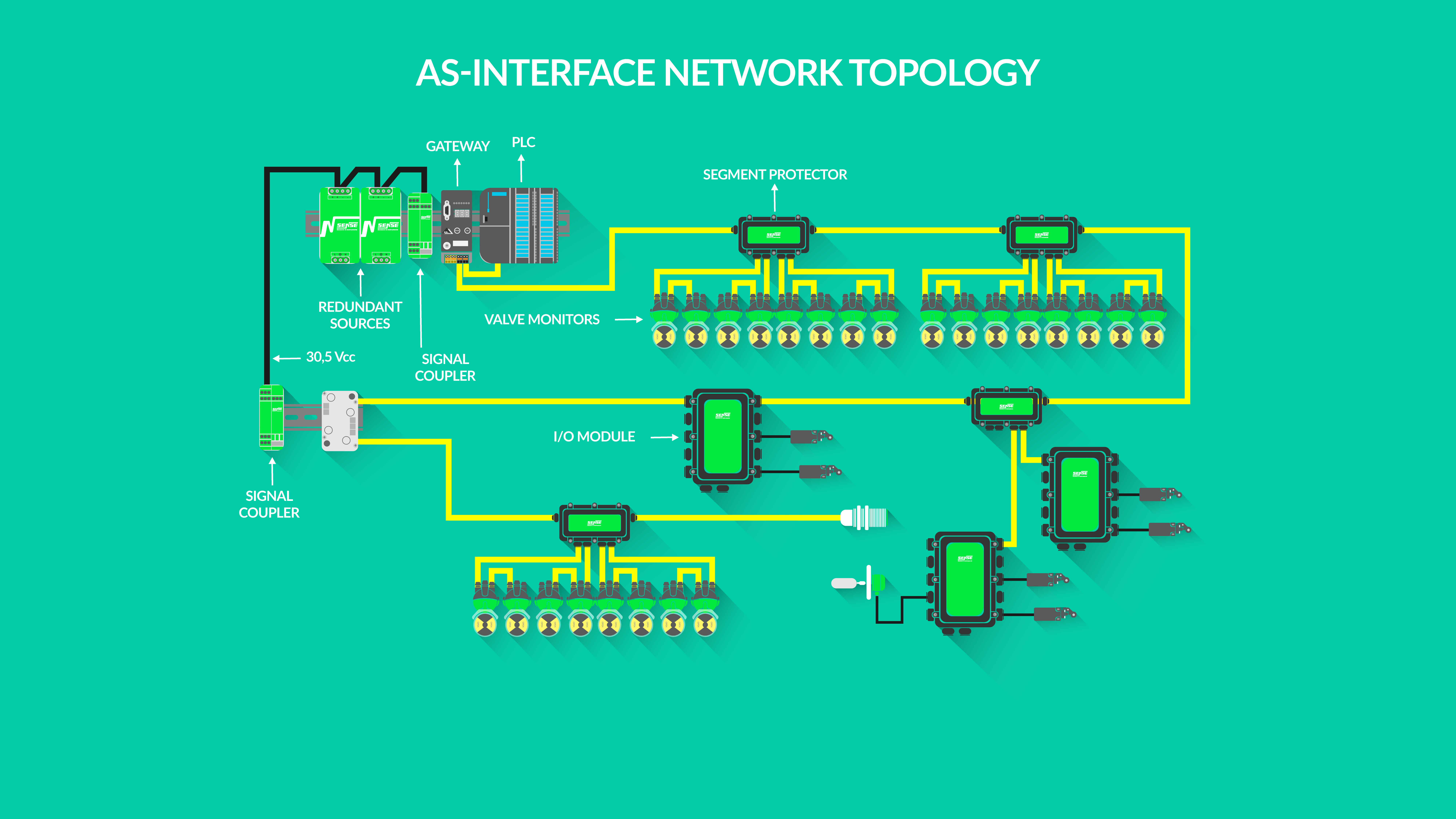
The AS-Interface network uses a single pair of wires as the physical medium where all the instruments are fed. Digital communication is alternating pulse modulated (APM) and uses Manchester coding, which implies a phase shift with each bit transmitted.
Therefore, as power supply and communication use the same physical medium, we can start our analysis with the mains supply circuit, which has an output voltage of 30.5 Vdc.
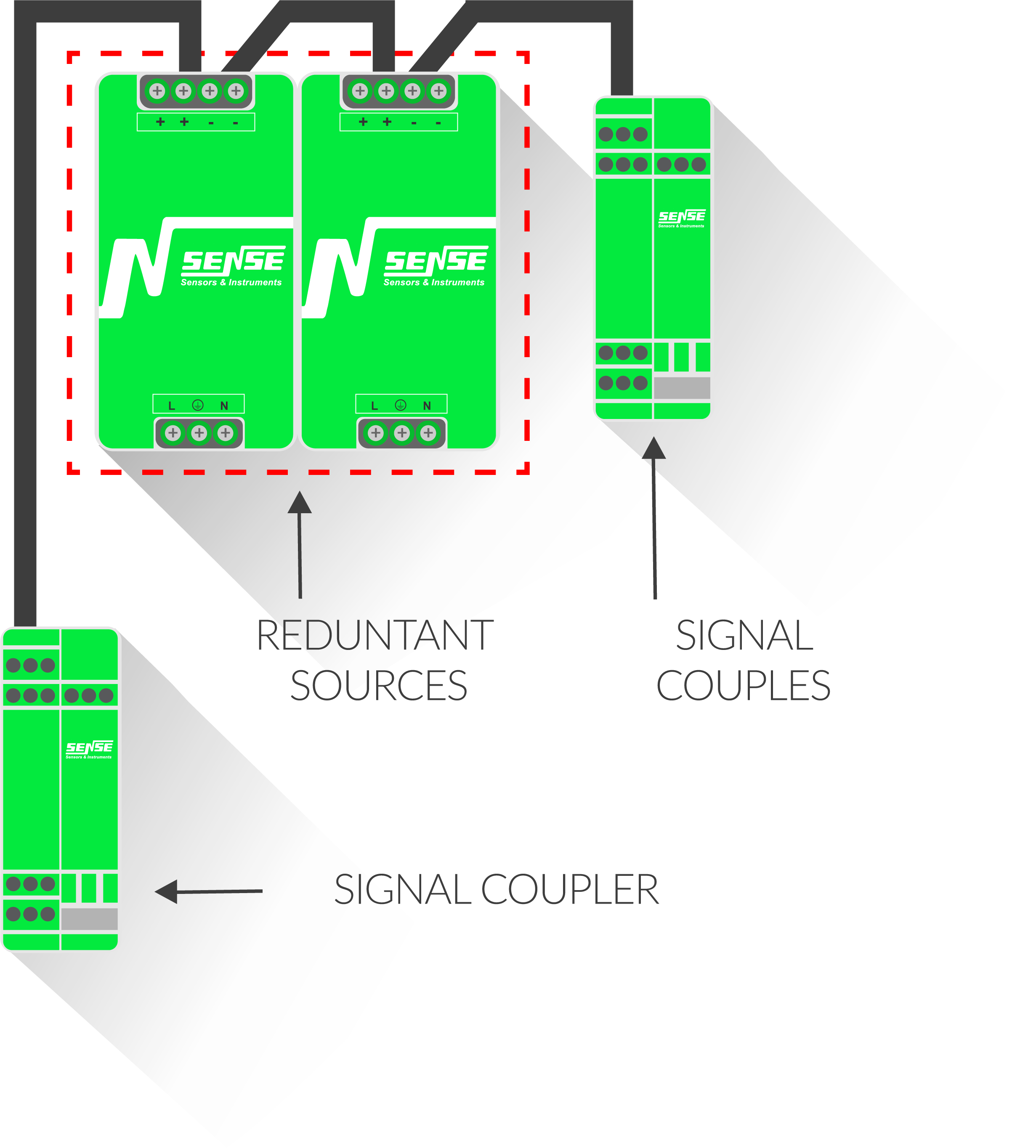
Sense, through its experience with power supplies and ASI networks, has developed a power supply that can work in redundancy, as shown in the figure above. To do this, the coupling circuit required in every Manchester communication system has been separated from the power supply, making a modular set with 2 power supplies connected in redundancy and 2 couplers feeding the 2 network segments.
In other words, we use the same equipment that is used in conventional installations but with the added benefit of redundant sources, increasing the plant’s degree of reliability without adding more products to the network.
With the redundant power supply guaranteed, the important thing now is to think about the cable that runs throughout the plant and how the various pieces of equipment will be connected.
Sense, through its experience with power supplies and ASI networks, has developed a power supply that can work in redundancy, as shown in the figure above. To do this, the coupling circuit required in every Manchester communication system has been separated from the power supply, making a modular set with 2 power supplies connected in redundancy and 2 couplers feeding the 2 network segments.
In other words, we use the same equipment that is used in conventional installations but with the added benefit of redundant sources, increasing the plant’s degree of reliability without adding more products to the network.
With the redundant power supply guaranteed, the important thing now is to think about the cable that runs throughout the plant and how the various pieces of equipment will be connected.

As indicated in the network topology, we have to run the network cable to the Sense Valve Monitors that are attached to the valves, and think about how to proceed in a valve maintenance situation, for example.
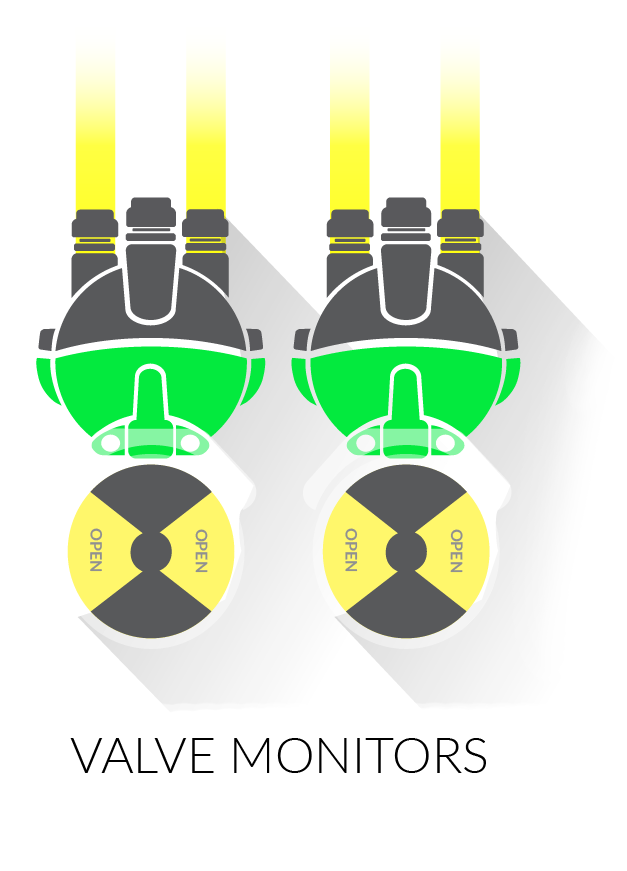
The cables also have to be connected to the Sense I/O Modules, which are generally installed in more user-friendly locations than the valve monitors, but depending on the plant and process philosophy may also be in critical locations.
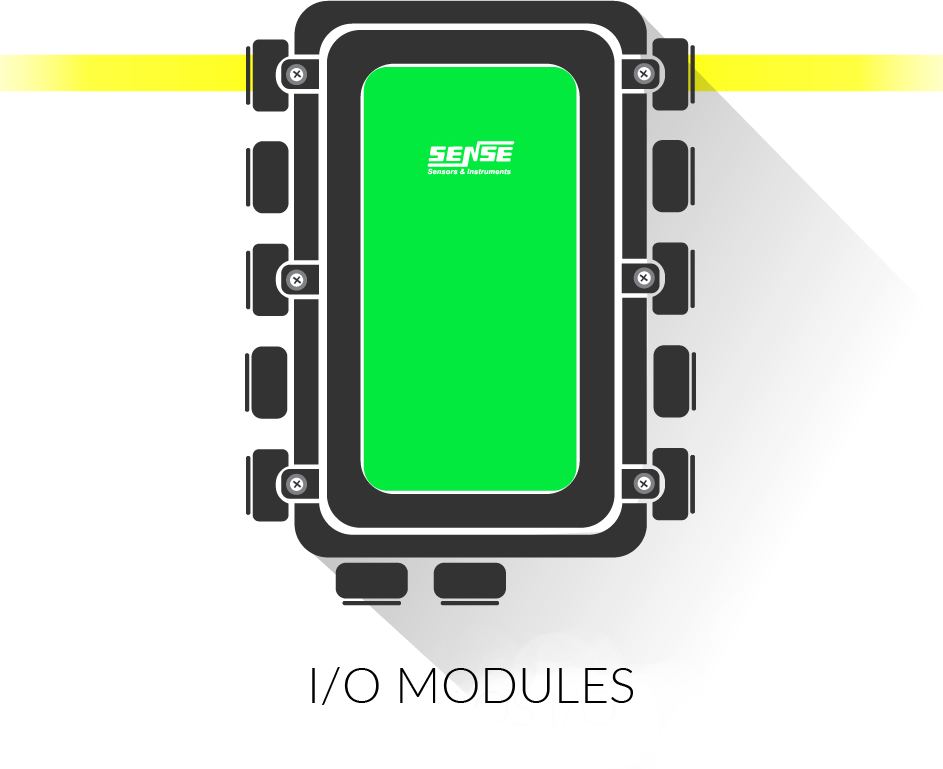
To make installation and maintenance of the network easier and to protect the supply from short-circuits, the ideal is to use “segment protectors” for each branch, especially in sections that run alongside industrial equipment, such as valves.
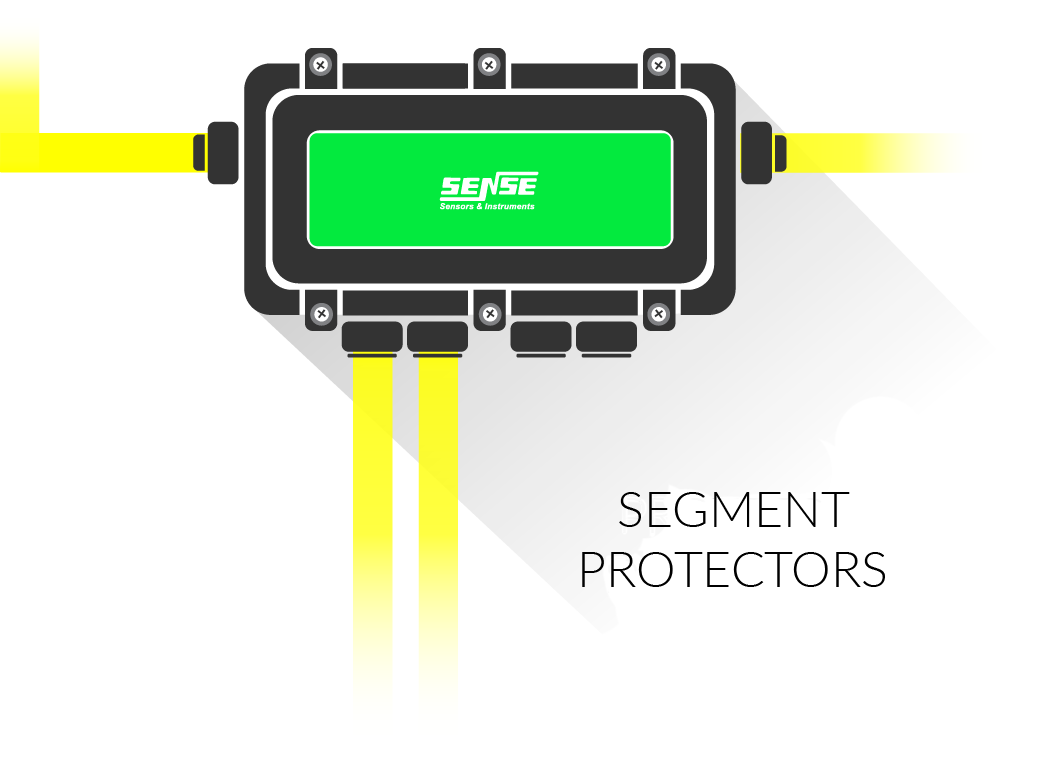
In the ASI network, it is common to install 2 devices per SPUR (shunt). It is important to emphasise that although they use common principles, ASI protectors are not interchangeable, as they work with different parameters and characteristics in their design.
Therefore, one of the basic premises of segmenting the power supply is so that if a short circuit occurs in the network, it only knocks out one segment, and not all of them. Segment protectors therefore help to make the network easier to maintain and safer.
Sense’s Segment Protectors incorporate electronic short-circuit and overload protection for each network segment and its branches, guaranteeing greater functionality of the entire network.



As indicated in the network topology, we have to run the network cable to the Sense Valve Monitors that are attached to the valves, and think about how to proceed in a valve maintenance situation, for example.
The cables also have to be connected to the Sense I/O Modules, which are generally installed in more user-friendly locations than the valve monitors, but depending on the plant and process philosophy may also be in critical locations.
To make installation and maintenance of the network easier and to protect the supply from short-circuits, it is best to use “segment protectors” for each branch, especially in sections that run alongside industrial equipment, such as valves.
In the ASI network, it is common to install 2 devices per SPUR (shunt). It is important to note that although they use common principles, ASI protectors are not interchangeable, as they work with different parameters and characteristics in their design.
Therefore, one of the basic premises of segmenting the power supply is so that if a short circuit occurs in the network, it only knocks out one segment, and not all of them. Segment protectors therefore help to make the network easier to maintain and safer.
Sense’s Segment Protectors incorporate electronic short-circuit and overload protection for each network segment and its branches, guaranteeing greater functionality of the entire network.
With all the arguments described above, we can prove that with little or no investment, it is possible to greatly increase the level of security and reliability of an ASI network.
Sense has a technical team ready to assist all its partners in developing the most cost-effective project.
CONTACT
sales@sense.com.br
Phone: 55 (11) 2145 – 0444
Mon – Fri from 8am to 6pm
Adress: Rua Tuiuti, 1237 – Tatuapé – São Paulo – SP